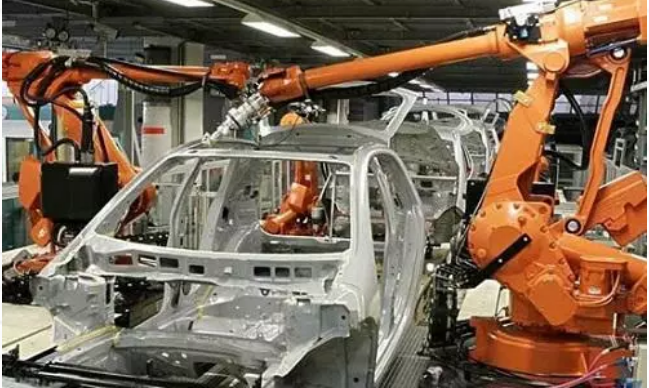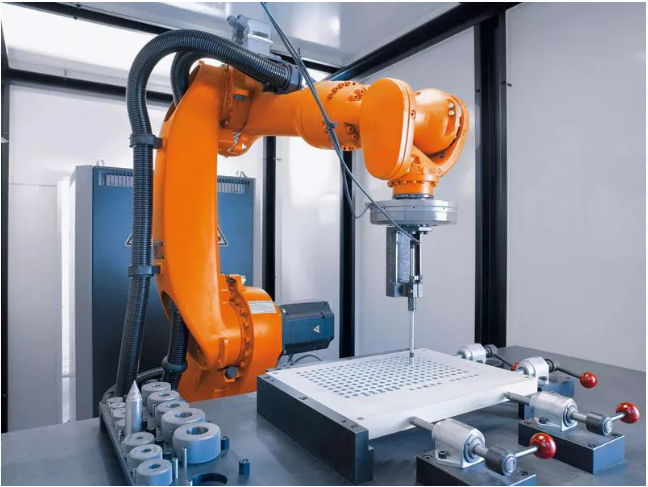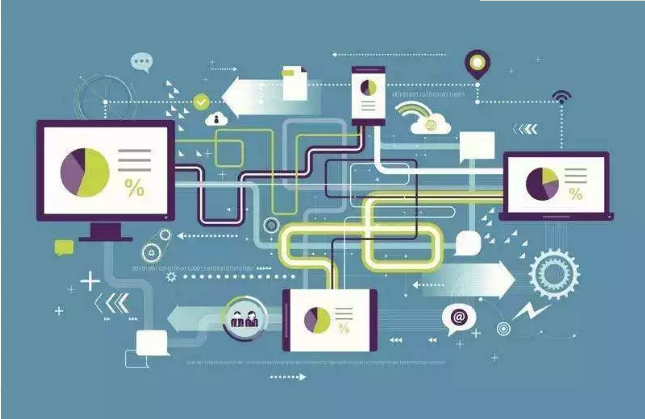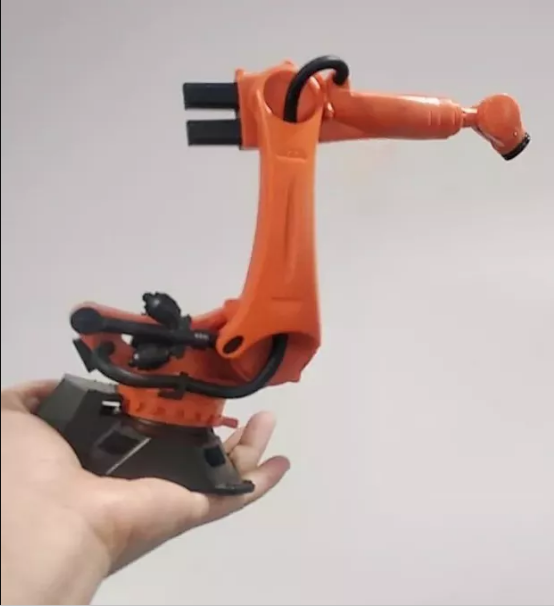
According to data from the International Federation of Robotics, the global industrial robot market share is booming and currently accounts for more than 50% of the total robot market.It is predicted that the global annual sales of industrial robots will increase to US$23.18 billion in 2020, far higher than the US$16.82 billion in 2017.
The rapid development of the industrial robot industry has also promoted the continuous development and innovation of robot technology, while showing a certain direction of development. In the future, industrial robots will mainly develop toward the following five major trends.
Human-machine collaboration is an important industrial robot trend and a driving force for this growth. "Cobots" designed for safe physical interaction with humans in shared workspaces are finding their place in a wide range of industries.

2. Artificial Intelligence
Artificial intelligence and machine learning will also have a significant impact on the next generation of industrial robots. According to the vice president of the Robot Industry Association (RIA) and the Mexican A3 Advance Automation Association (A3), this will help robots become more autonomous and work hand-in-hand with their colleagues. One trend that needs to be closely watched in 2019 is the fusion of AI, robotics and machine vision. This fusion of relatively different technologies opens up new opportunities that have never been used before. Startups that do this include Plus One Robotics and RightHand Robotics.

4. Digitization
Digitization is also having an impact, because as part of Industry 4.0, connected industrial robots occupy a place in the digital manufacturing ecosystem.

Digitization can achieve greater collaboration across the entire value chain-horizontal collaboration between suppliers, manufacturers and distributors, or vertical collaboration within factories, such as e-commerce front-end and CRM systems, business ERP systems, production planning and logistics Collaboration between automation systems. Both types of collaboration can create a better customer experience, increase manufacturing efficiency, and increase engineering efficiency in order to switch between products flexibly or launch new products faster.
Promoting simplified, smaller and lighter designs are also new opportunities for the development of industrial robots. As more cutting-edge technologies are added to industrial robots, industrial robots will become smaller, lighter, and even more flexible, such as virtual reality and artificial intelligence.

-----------------------------------------------------END----------------------------------------------------------------------